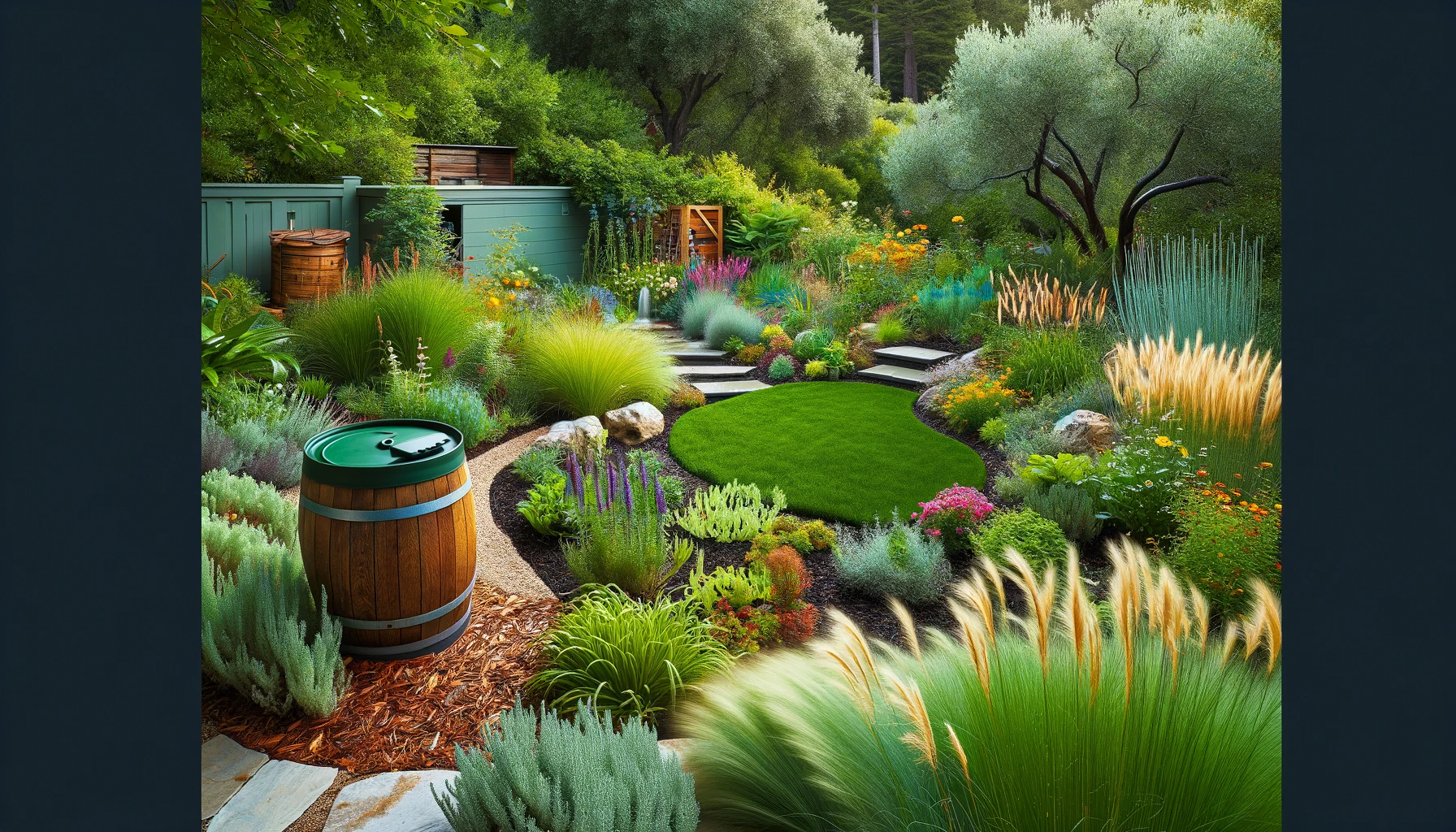In the realm of gardening and landscaping, the shift towards sustainability has never been more pivotal. Eco-friendly landscaping techniques are rapidly gaining traction, not only for their environmental benefits but also for their ability to create naturally thriving and aesthetically pleasing outdoor spaces. This article delves into various eco-friendly landscaping techniques, offering insights for both beginners and advanced gardeners seeking to make a positive environmental impact through their landscaping choices.
Understanding Eco-Friendly Landscaping
Eco-friendly landscaping, often referred to as “green” or “sustainable” landscaping, is a method of designing, creating, and maintaining your garden or outdoor space in a way that reduces harm to the environment. This approach focuses on using natural resources efficiently, preserving local ecosystems, and minimizing chemical use.
Key Techniques in Sustainable Landscaping
Native Planting: Choosing plants native to your region is crucial. Native plants are adapted to local climate and soil conditions, requiring less water, fertilizer, and pest control than non-native species. They also provide essential habitats for local wildlife.
Water Conservation: Implementing water-saving techniques is a cornerstone of eco-friendly landscaping. This includes using drought-resistant plants, installing efficient irrigation systems like drip irrigation, and practicing rainwater harvesting.
Organic Practices: Avoiding synthetic fertilizers and pesticides is vital. Opt for organic alternatives that nourish the soil and protect beneficial insects and microorganisms. Composting kitchen and garden waste to create natural fertilizer is an excellent practice.
Reducing Lawn Space: Traditional lawns are resource-intensive. Consider reducing lawn space and replacing it with ground covers, native gardens, or edible plant beds that require less water and maintenance.
Permaculture Principles: Permaculture is a holistic approach that integrates the garden with the natural environment. It includes practices like companion planting, creating wildlife habitats, and building soil health through natural means.
Benefits of Eco-Friendly Landscaping
Environmental Protection: Sustainable practices protect biodiversity, reduce chemical runoff, and help combat climate change.
Water Conservation: Efficient water use preserves this precious resource.
Enhanced Biodiversity: Supporting native plants and wildlife creates a more resilient and vibrant ecosystem.
Reduced Maintenance: Once established, eco-friendly landscapes often require less upkeep.
Personal Well-being: A natural garden space can be a serene retreat, fostering a connection with nature.
Implementing Sustainable Techniques in Your Landscape
Transitioning to an eco-friendly landscape doesn’t happen overnight. Start with small changes. Here are some practical steps:
Conduct a Site Analysis: Understand your garden’s specific conditions, like soil type, sun exposure, and native species.
Plan Your Landscape Thoughtfully: Consider factors like plant placement for energy efficiency and creating natural windbreaks.
Select Appropriate Plants: Choose native and drought-resistant species that thrive in your local environment.
Implement Efficient Watering Systems: Set up rain barrels and consider a drip irrigation system.
Practice Organic Lawn Care: If maintaining a lawn, do so organically with natural fertilizers and eco-friendly mowing practices.
Conclusion
Eco-friendly landscaping is more than just a trend; it’s a commitment to creating a harmonious relationship between your garden and the wider environment. By adopting sustainable practices, you not only enhance the beauty of your outdoor space but also contribute significantly to environmental conservation. Embrace these techniques and join the growing movement towards a greener, more sustainable world.

